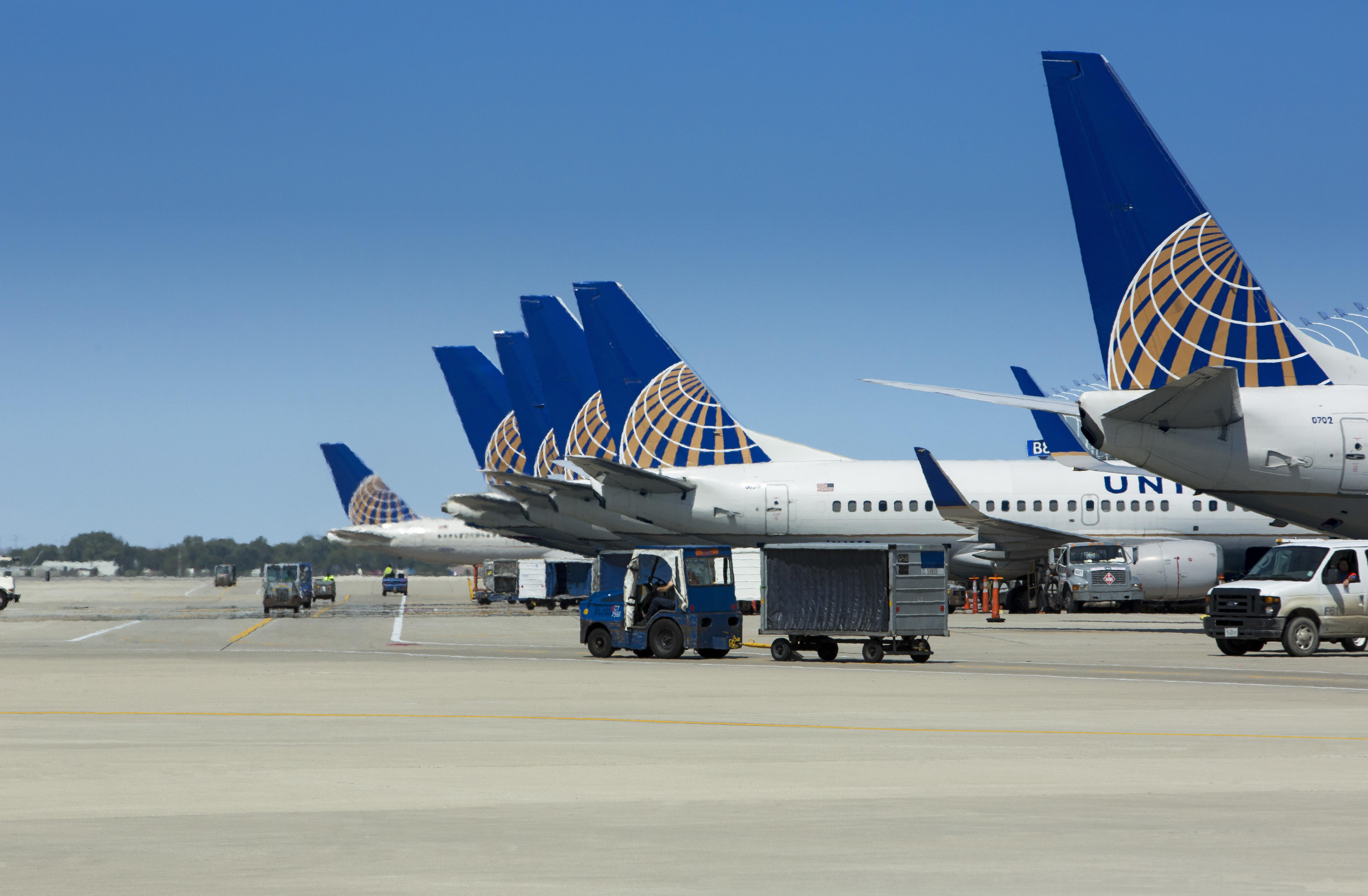
The chief executive of United Airlines has identified three bullish trends that he believes will power the air transport industry through a period of high inflation and global macroeconomic uncertainty.
Those three tailwinds include: a series of ongoing supply constraints that will keep a lid on airline capacity growth rates in the coming years; a shift to hybrid-work schedules that changes how people travel for business and leisure; and the ongoing reopening of many international destinations from pandemic-driven lockdowns.
The aforementioned trends helped power United to one of its best third quarters (Q3) on record, CEO Scott Kirby reported on an Oct. 19 conference call. Operating revenues in the quarter were roughly 13% higher than the same period in 2019—despite 10% less capacity—while unit revenues were up nearly 26%.
“These three trends are why all airline revenues keep surprising to the upside,” Kirby said. “But they’re also real and durable, which is why we’re still optimistic about 2023 and the longer-term, despite the economic challenges.”
In a somewhat ironic twist, the largest tailwind benefiting large legacy airlines like United stems from the myriad supply constraints roiling the air travel industry, Kirby explained. These include pilot shortages, chronic aircraft delivery delays, ATC staffing shortfalls, airport infrastructure constraints, and higher jet fuel prices—all of which will artificially restrict capacity and elevate yields for years to come, according to the United CEO.
Those constraints will make it particularly hard for ULCCs to maintain their normal double-digit growth rates over the next decade, Kirby said, predicting it will “take years to resolve” the pilot shortage issue, while Boeing and Airbus “are probably two-to-three years away from getting back to producing planes at their old rates.”
“That business model is predicated on growing 15-20% per year, and that is now going to be impossible,” Kirby said, referring to fast-growing ULCCs.
In addition to supply constraints that will boost yields, the air travel sector is being boosted by hybrid-work schedules that have untethered workers from traditional office settings and allow them to take more flexible, off-peak trips—many of which appear to be blended with elements of both work and vacation.
“With hybrid-work, every weekend can be a holiday weekend,” Kirby said, observing that the flexibility of remote work has led travel volumes to become more evenly spread across peak and off-peak days. “This is not pent-up demand—it’s the new normal.”
Lastly, the ongoing, phased reopening of many international markets—particularly in the Asia-Pacific region, excluding China—will serve as a continued tailwind for full-service airlines through most of next year, Kirby added.
The bullish sentiments from Kirby echo remarks last week delivered by Delta Air Lines CEO Ed Bastian, who proclaimed on his company’s earnings call that air travel demand is “counter-cyclical” to the broader economic outlook, highlighting supply constraints and resilient demand that could make air travel less price-elastic than previously believed.
United posted an adjusted net income of $927 million for Q3 2022, compared to a $1.05 billion adjusted net profit in Q3 2019. Operating revenues for Q3 2022 came to $12.9 billion, up 13% from Q3 2019—despite approximately 10% less capacity—while operating expenses jumped 15% from pre-pandemic Q3 2019 to $11.4 billion.
In the fourth quarter, the company expects its adjusted operating margin to be higher than 2019 levels for the first time since the pandemic.

